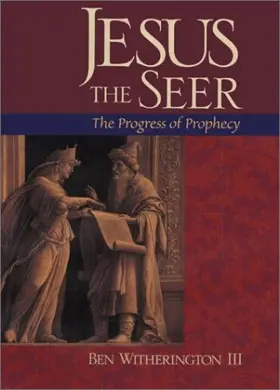

Jesus the Seer: The Progress of Prophecy
"Ambitious in scope, clear and compelling in presentation. Witherington has linked the eschatological prophet-sage Jesus to the complex world of Old Testament prophecy, and then gone on to trace the relationship of both to early Christian prophecy. Rarely has a New Testament scholar demonstrated such proficiency in handling Old Testament and Hebrew sources. The result is a comprehensive scriptural presentation."
-Christopher R. Seitz, University of St. Andrews
"Jesus the Seer pursues two important ends simultaneously. On the one hand, it adds yet another essential dimension to the emerging comprehensive portrait of Jesus that is being brought to light by the careful work of Ben Witherington III. On the other hand, anyone interested in prophecy-in prophets and in prophesying-will find Witherington's book a veritable tour of the topic. Witherington's knowledge of the contemporary study of Jesus and his picture of the phenomenon of prophecy are remarkably broad and deep. His presentation is lucid, accurate, incisive, and persuasive. All who are interested in the complex person and ministry of the historical Jesus, especially his work as a prophet, are in Witherington's debt for this volume."
-Marion L. Soards, Louisville Presbyterian Theological Seminary
"In ranging over two millennia of the phenomenon of prophecy and offering a sustained interpretation of the whole phenomenon, this book is something of a tour de force. It is not too surprising that it has not been attempted before. Witherington's command of the several scholarly fields his book traverses is impressive. This book will undoubtedly stimulate fresh study of biblical prophecy within the broad historical and cultural context it provides."
-Richard Bauckham, University of St. Andrews
